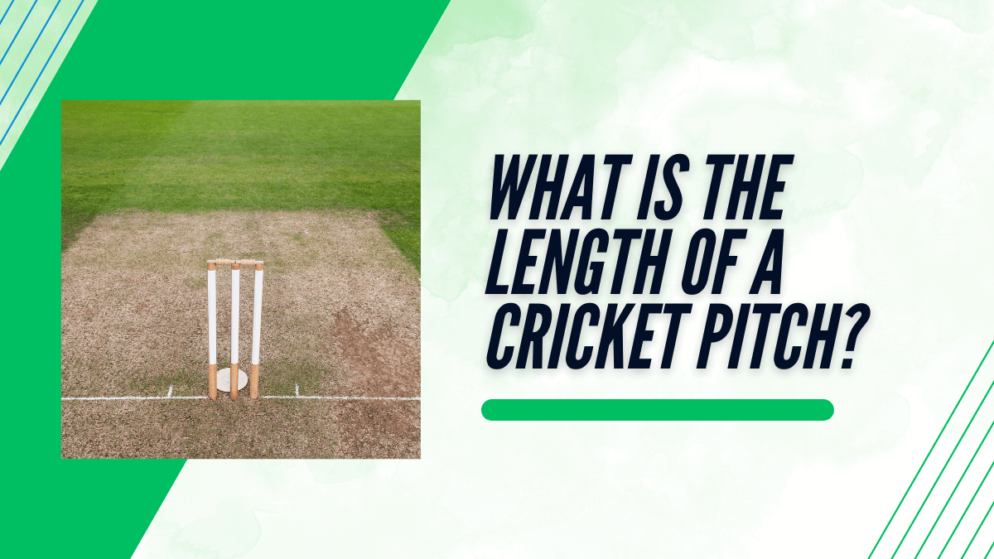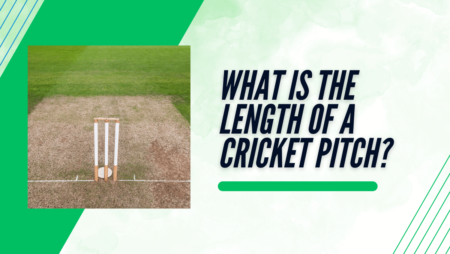

A firmly stitched cork sphere can find it difficult to bounce especially where the pitch is made relies on grass, dust, moisture and sand for its curation. It becomes a challenge when the sphere has to hit a specified target upon bouncing. The challenge escalates when the sphere also needs to utilize the air and its rotary abilities to score over the opponent. This is what cricketers do.
Since the challenge of hurling a cork ball is now established, let us go to the side where the ball is incoming. The batters are recipient to a ball with varying bounce and spin. They thus need immense focus to score runs off it. Thus, a cricket pitch is aligned in a north-south direction to avoid the batter’s vision be impaired by the sun. The Britishers commonly used a unit of measurement known as ‘chain’ in the 18th century. 1 chain is equal to 22 yards. The Marylebone Cricket Club’s Code of 1744 was drafted by the Britishers. Hence, they reported in the official document that a cricket pitch must be as long as 22 yards or 1 chain.
The playable area within the 22-yard pitch is divided by two lines on both sides of the stumps. These are 2.64 meters wide. The cricket pitch itself is 3.05 meters wide. To bowl a legal delivery the bowler needs to throw the ball from behind the popping crease. The distance between the two popping creases on either side of the pitch is 19.33 yards.
The groundman makes a mark on the edge of the pitch from five feet on either side of the popping crease. The distance between these two marks is the protected area. The protected area is imaginary and does not have a definite outline. However, it is mainly placed in the center of the pitch.
On most occasions, bowlers pitch the ball in the protected area. Following a bowler’s runner-up, the momentum of a bowler’s body might lead to an accidental invasion of the protected area after the ball is released. This can trigger a warning call for the bowler as it poses as a threat to damaging the pitch by making it uneven. Should the act repeat, the umpires are well within their rights to suspend a bowler. Notably, even the batters can be warned should they cross this zone while running between the wickets. The batter’s mistake can also lead to player suspension and penalty runs issued to the opposition.
The dimensions of the cricket pitch are thus established in all practicality within the spirit of the sport.










